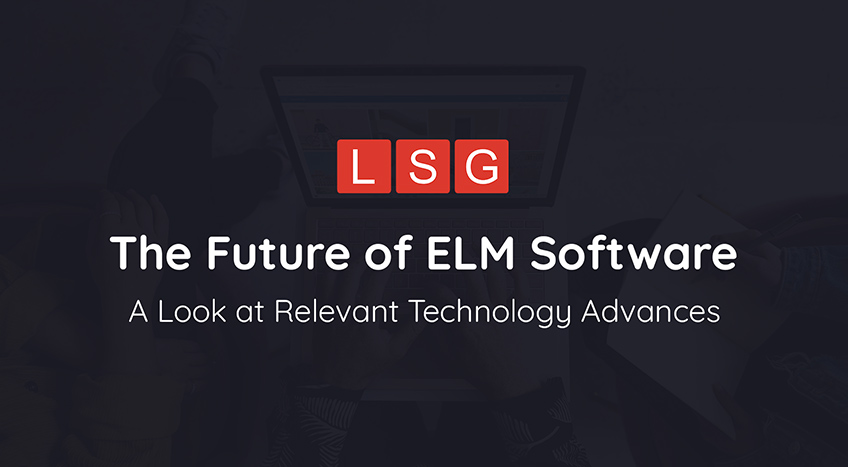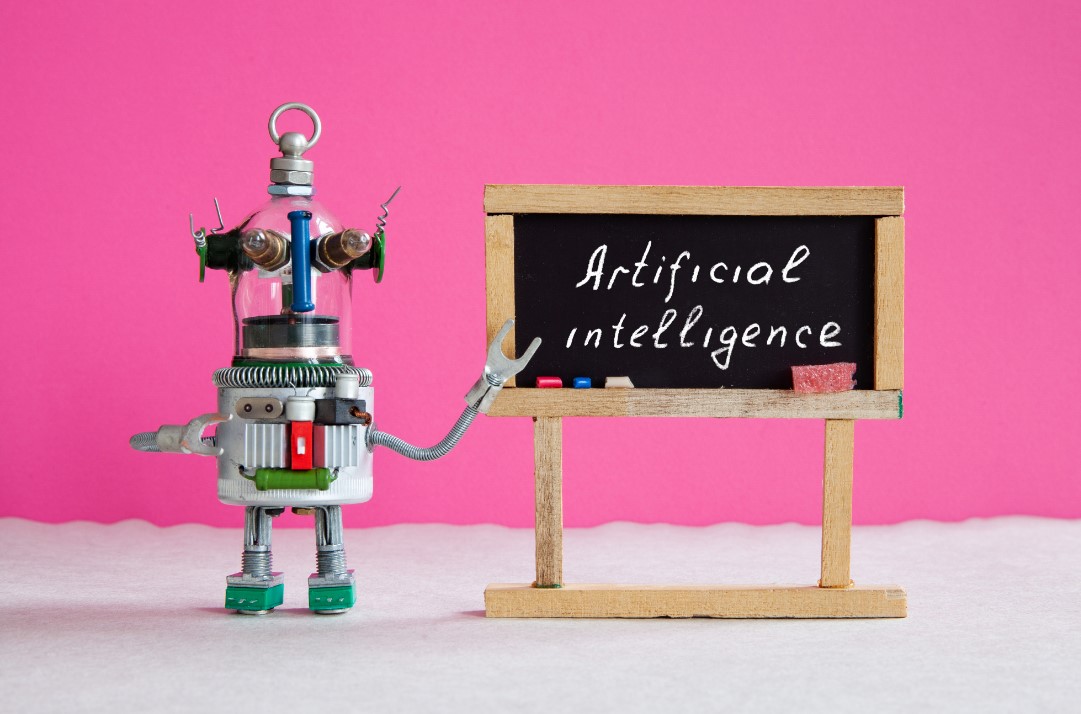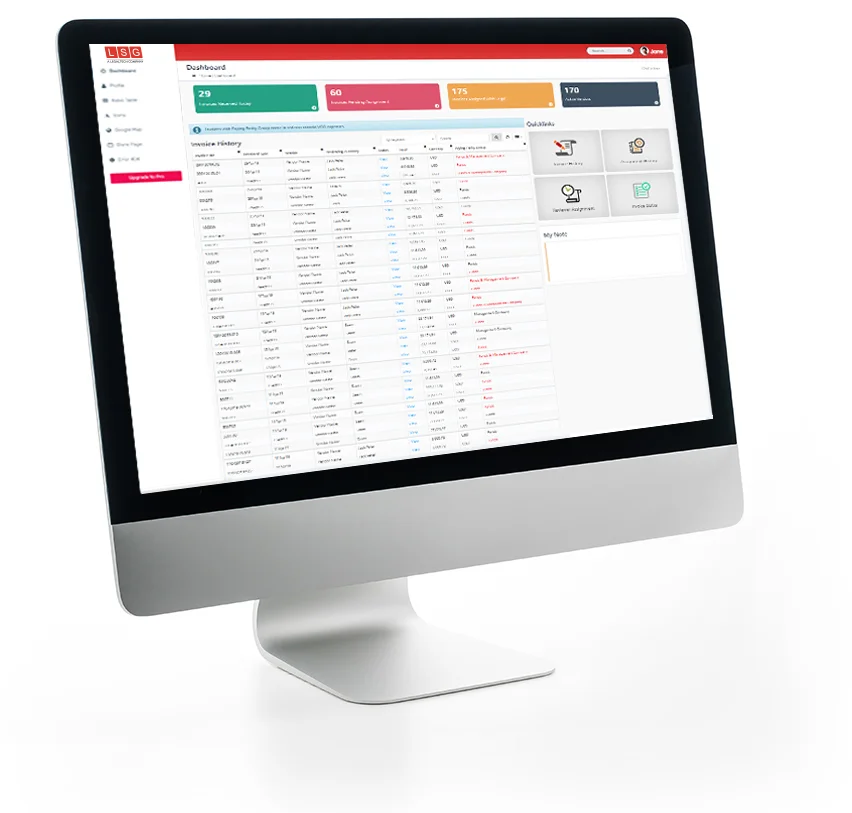Blog
The Future of ELM Software: 3 Key Trends to Watch
Published by Matthew Markham on May 20, 2020

Perhaps nothing has advanced the venerable legal profession into the future like Enterprise Legal Management (ELM) software. These apps provide a centralized platform for all the legal framework of an enterprise, from contracts to intellectual property, litigation to NDAs … everything an enterprise does to manage risk.
With the right ELM, an enterprise can save hundreds of billable hours and employee hours, shrinking a task that was once a multi-headed hydra down to the size of a docile iguana.
The future continues to look bright for ELM software as many key technological advances lend themselves to legal framework and risk-management. Here are three technologies expected to shape the direction of ELM software ...
-
Artificial Intelligence
AI (artificial intelligence) is a broad wing of tech designed to make computers carry out actions that used to require a human brain. This could be as simple as workflow automations and integration with AI assistants like Alexa, which many ELM apps can already do.

The AI rabbit hole goes even deeper, however. Computers are learning to write. News outlets including the Associated Press, Washington Post, and LA Times already use AI robots to generate basic reports on homicides, financial news, and natural disasters. Look for future ELMs able to draft custom contracts and redline contracts under review.
Another wing of AI, known as machine learning, attempts to make “smarter” computers that can absorb inputs and synthesize it to make better and better deductions. Given how much of the legal profession involves “if-this, then-that” logical thinking, legal reasoning is a key target for machine learning, potentially freeing up thousands of billable hours.
-
Blockchain
Blockchain is best known for its involvement in cryptocurrencies like Bitcoin. However, it actually stands to make an even bigger impact on risk management and the legal profession, thanks to its ability to record ironclad contracts.

Cryptocurrencies are trusted because blockchain software stores a record of each transaction on a digital ledger with no centralized repository. It exists in a public-facing, open-source chain of code across hundreds or thousands of participating servers. This makes a blockchain almost impossible to falsify; the anomaly would be refuted by any number of participating records.
E-signatures and virtual contract execution are already a reality, but expect the integration of blockchain into future ELM software to make e-contracts even more ironclad and trustworthy.
-
Customizability
Early ELM apps took a “walled garden” approach to a multi-function software platform. They could do a lot of things, but none of the functions could be customized to the eccentricities of the company using them.

This would result in a lot of wasted code—which software developers hate—as well as frustration as enterprises try to adapt their legal solutions to the software, when it should be the other way around.
In response to feedback from early adopters, we can expect future ELM software to respond to the demand for customizable solutions—ELM platforms that can do everything a company needs, the way they want it done, with no extras … but with room to grow as the enterprise’s risk management needs evolve.



